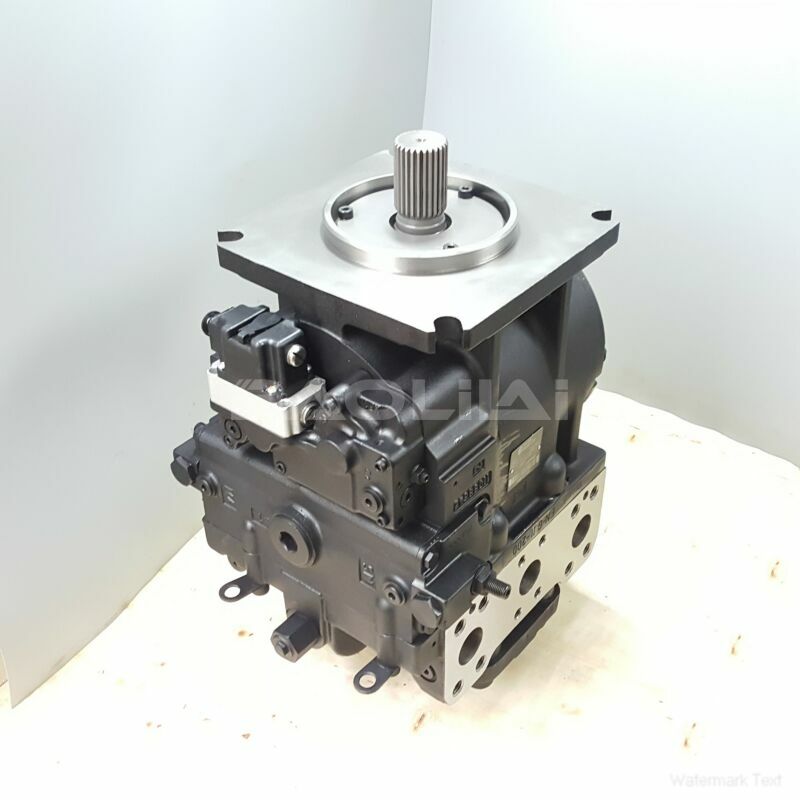90R180KN5NN80TCF1J03FAC383824 piston pump
90R180KN5NN80TCF1J03FAC383824 piston pump

- Product Details
- Applicable Scene
In the realm of water treatment, efficiency is paramount. As the demand for clean and safe water continues to rise, industries and municipalities are seeking innovative solutions to enhance their water treatment processes. One such solution lies in the utilization of plunger pumps. These pumps, known for their robustness and reliability, are increasingly being recognized for their potential to improve the efficiency of water treatment systems.
90R180-KN-5-NN-80-T-C-F1-J-03-FAC-38-38-24
90R180KN5NN80TCF1J03FAC383824
Plunger pumps operate on a unique principle, employing a reciprocating piston mechanism that enables them to generate high pressures and deliver precise volumes of liquid. This design offers several advantages over traditional pumps, particularly in the context of water treatment.

83004575
One of the primary benefits of plunger pumps is their ability to handle varying flow rates with consistent pressure. In water treatment facilities, fluctuations in demand can lead to challenges in maintaining optimal pressure levels. Plunger pumps can adapt to these changes, ensuring a steady and reliable flow of water throughout the treatment process. This capability not only enhances system reliability but also leads to improved treatment outcomes.
Moreover, plunger pumps are highly efficient in terms of energy consumption. Their ability to achieve high pressure with minimal energy input makes them an attractive option for facilities looking to reduce operational costs. By integrating plunger pumps into their systems, water treatment facilities can alleviate the financial burden associated with energy expenditure, ultimately contributing to a more sustainable operational model.
In addition to energy efficiency, plunger pumps also boast superior durability compared to other types of pumps. Constructed from robust materials and featuring simple designs, they require less maintenance and have longer service lives. This durability translates into reduced downtime and lower maintenance costs, allowing treatment facilities to operate more effectively and uninterrupted.





